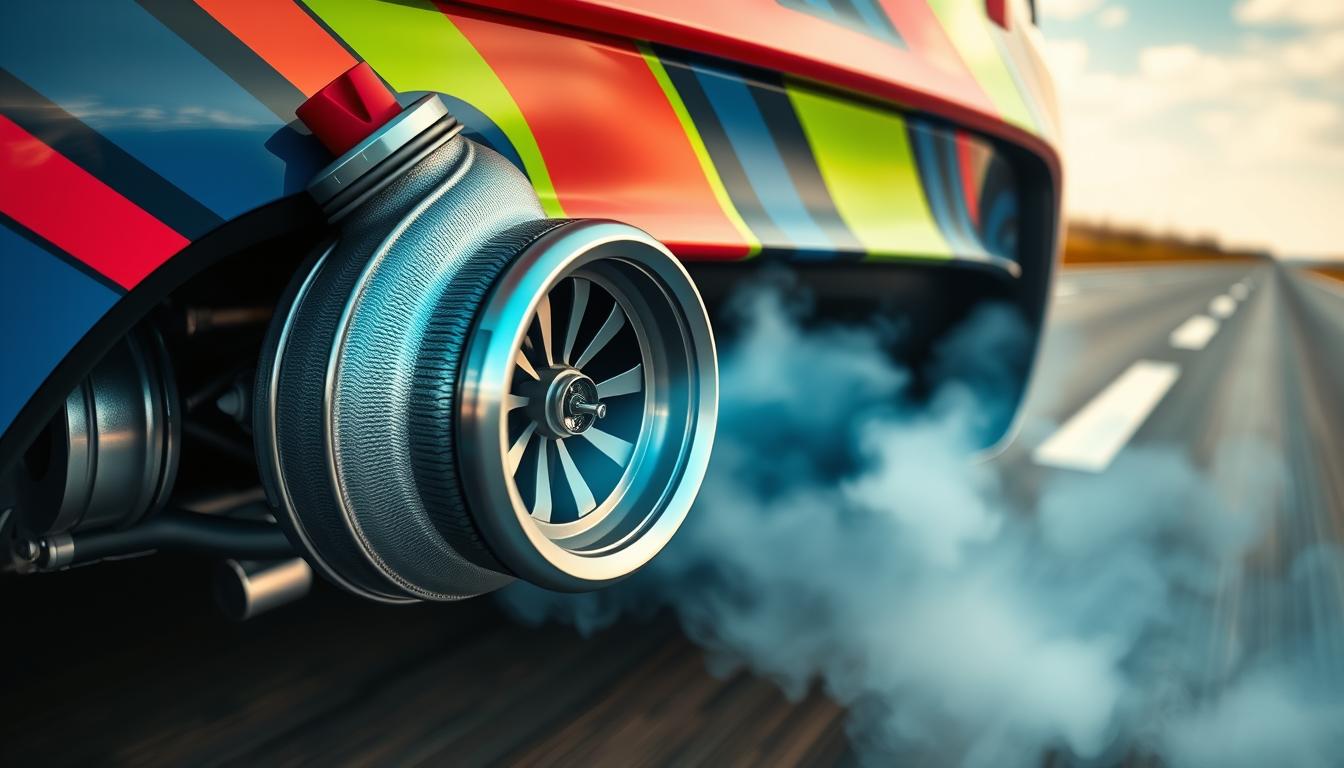To convert your vehicle for E85, start by inspecting and replacing rubber fuel lines with ethanol-compatible ones, ensuring all connections are secure and leak-free. Upgrade your fuel pump to handle higher flow rates and adjust your ECU settings for ideal ignition timing, fuel pressure, and injection mapping. Regularly test system components, monitor engine performance, and check filters. For more detailed steps on components and tuning, continue exploring the essential E85 conversion process.
Key Takeaways
- Inspect and replace fuel lines and seals with ethanol-compatible components to prevent degradation.
- Upgrade to high-flow E85-compatible fuel pump and verify system capacity.
- Adjust ECU parameters for optimal fuel injection timing, pressure, and ignition when using E85.
- Test all fuel system connections for leaks and ensure proper calibration with wideband O2 sensors.
- Monitor engine performance regularly, check fuel filters, and maintain detailed records of modifications.

Converting your vehicle to run on E85 fuel is a practical way to save money and reduce emissions, but it requires careful planning and preparation. One of the most critical aspects of this process is addressing the fuel system. E85, being a mixture of 85% ethanol and 15% gasoline, demands modifications to your existing fuel system to handle its corrosive nature and different fuel properties. You’ll need to inspect your fuel lines, replacing any rubber components that might degrade with ethanol. Upgrading to ethanol-compatible fuel lines and seals ensures safety and reliability, preventing leaks and potential damage. The fuel pump is another vital component; you should verify its capacity to deliver increased fuel volume since ethanol’s lower energy density means your engine will require more fuel for the same performance. Installing a high-flow fuel pump designed for E85 can help maintain proper fueling and prevent performance issues. Additionally, considering the use of electric bikes for transportation can complement your efforts to adopt more sustainable practices, as they offer a clean and efficient alternative to traditional vehicles. Once your fuel system is ready, engine tuning becomes the next crucial step. E85’s chemical composition markedly alters combustion characteristics, so your engine’s ECU needs adjustment to optimize performance and efficiency. A proper ECU map for E85 will adjust parameters such as fuel injection timing, fuel pressure, and ignition timing. This tuning ensures your engine runs smoothly without knocking or hesitation, which can happen if the mixture isn’t properly calibrated. Many enthusiasts opt for piggyback or standalone ECU systems that allow precise control over fuel maps and ignition settings, making it easier to adapt your engine to the new fuel. Remember, a custom tune isn’t just about performance; it’s about ensuring reliability and longevity. Proper engine tuning maximizes power output while preventing damage caused by improper combustion or lean conditions. Before you start driving on E85, double-check all modifications, from the fuel system to the ECU settings. Confirm every connection is secure, and test the system for leaks. It’s wise to start with a conservative tune and gradually adjust as you monitor how your engine responds. Using a wideband O2 sensor can help you keep an eye on the air-fuel ratio, making fine-tuning more precise. Keep in mind that E85 may require more frequent maintenance, including checking fuel filters and inspecting lines for wear. By meticulously upgrading your fuel system and fine-tuning your engine, you’ll guarantee your conversion delivers the expected savings and environmental benefits without sacrificing reliability.
Frequently Asked Questions
Can Any Vehicle Be Converted to E85?
Not every vehicle can be converted to E85. You need to check flex fuel compatibility first; some cars are designed for it, while others aren’t. If your vehicle isn’t initially compatible, fuel system modifications are necessary, including upgrading fuel lines, fuel pumps, and sensors. Additionally, you’ll need to update your ECU maps to handle the higher ethanol content. Always consult a professional before attempting an E85 conversion.
How Does E85 Affect Engine Longevity?
Your engine’s longevity can hang in the balance when using E85, which is incredibly corrosive—like a fierce beast testing your fuel system’s resilience. While E85 can boost performance, it may also accelerate wear if your fuel system isn’t upgraded properly. Proper maintenance and compatible parts are essential to preserve engine durability. If you ignore these, you risk reducing your engine’s lifespan, turning a powerful upgrade into a costly mistake.
Is Professional Tuning Necessary After Conversion?
Yes, professional tuning is essential after converting to E85. You need tuning software and professional calibration to optimize your engine’s performance and reliability. E85 has different fuel properties, so a custom tune ensures your ECU maps are properly adjusted for fuel mixture, timing, and boost levels. Skipping this step risks engine damage or poor performance, so investing in expert tuning guarantees your conversion runs smoothly and efficiently.
What Are the Legal Considerations for E85 Conversions?
When considering an E85 conversion, you need to focus on legal considerations related to environmental impact and regulatory compliance. You must guarantee your vehicle meets local emissions standards and adheres to fuel regulations. Check with your local authorities or agencies to confirm that your conversion is legal and properly documented. Staying compliant helps avoid penalties and supports environmental sustainability, making your upgrade responsible and lawful.
How Does E85 Impact Fuel Economy?
Your fuel economy takes a wild ride with E85! Because of its high ethanol content, it can reduce your vehicle’s fuel efficiency profoundly, making every mile costlier. While E85 offers benefits like cleaner emissions, don’t expect it to match traditional gasoline in mileage. You’ll need to fill up more often, as ethanol’s lower energy density means less power per gallon. Prepare for a noticeable dip in your fuel economy!
Conclusion
Converting to E85 is like tuning a fine instrument—you’ll notice the difference once everything’s in harmony. I once helped a friend switch his car’s fuel system, and it ran smoother, responding better to his tweaks. Just like a symphony needs every instrument in tune, your engine needs the right modifications to perform efficiently on E85. Stick to your checklist, and you’ll enjoy the powerful, cost-effective boost without missing a beat.










